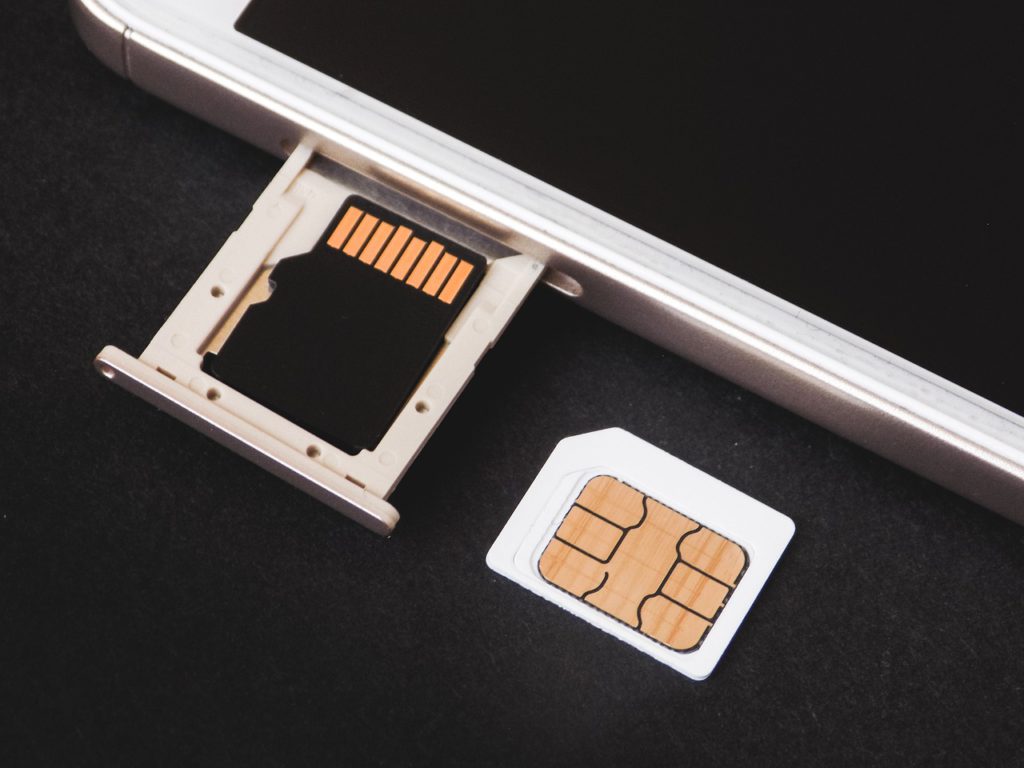Roaming charges are additional fees that may be incurred when you use your mobile phone or other wireless device to make calls, send texts, or access the internet while you are outside of your home service area or country.
These charges are typically incurred when you are “roaming” on a network that is different from your home network.
Roaming charges can vary depending on the country you are in and the type of service you are using. Some mobile phone plans include roaming at no additional charge, while others charge extra for roaming. Some phone plans also have different rates for different types of roaming, such as international roaming or domestic roaming within the same country.
It’s important to be aware of roaming charges when you are traveling, as they can add up quickly and significantly increase your phone bill.
Purchasing a local sim to avoid roaming charges
To avoid unexpected roaming charges, you can purchase a local SIM card for your phone, or you can turn off data roaming on your phone and use WiFi instead. You can also check with your mobile service provider to see if they offer a roaming package or international plan that may be more cost-effective for your needs.
There are several ways to purchase a local SIM card when you are traveling to a foreign country:
1. Purchase a SIM card at the airport
Many airports have kiosks or shops where you can purchase a SIM card upon arrival. This is often the most convenient option, but it may also be more expensive than other options.
2. Purchase a SIM card from a local mobile service provider
You can usually find local SIM cards for sale at mobile phone stores or other retail outlets in the country you are visiting. This option may be less convenient than purchasing a SIM card at the airport, but it may also be less expensive.
3. Purchase a SIM card online
Some online retailers offer SIM cards for purchase that can be shipped to your home or picked up at a local airport or other location. This option may be more convenient than purchasing a SIM card in person, but it may also be more expensive.
Things to keep in mind when purchasing a local SIM card abroad.
It’s important to keep in mind that to use a local SIM card, your phone needs to be unlocked, which means it is not tied to a specific carrier or service provider. You should also be aware of any fees or charges associated with purchasing and using a local SIM card.
There are a few potential issues to consider when using a local SIM card in a foreign country:
· Compatibility: Not all SIM cards are compatible with all phones. Be sure to check that the SIM card you are purchasing is compatible with your phone before you buy it.
· Network coverage: Local SIM cards may not have the same level of coverage as your home network, so you may have difficulty getting a signal in some areas.
· Fees and charges: Be sure to read the fine print when purchasing a local SIM card. Some SIM cards may have hidden fees or charges, such as fees for incoming calls or texts.
· Language barriers: If you don’t speak the local language, it may be difficult to communicate with customer service or resolve any issues you may have with your SIM card.
· Security: Using a local SIM card may pose security risks, as you are using a network that is not your own. Be sure to take appropriate precautions to protect your personal information and data when using a local SIM card.
Overall, using a local SIM card can be a convenient and cost-effective way to stay connected when you are traveling, but it’s important to be aware of any potential issues that may arise.
How to use a local SIM card in a foreign country
To use a local SIM card in a foreign country, you will need to remove your current SIM card from your phone and replace it with the local SIM card. This process is generally referred to as “swapping” SIM cards.
To swap SIM cards, you will first need to locate the SIM card tray on your phone. The SIM card tray is usually located on the side of the phone, but its location can vary depending on the make and model of your phone.
Once you have located the SIM card tray, you will need to eject it using a SIM eject tool or a paperclip. Once the tray is ejected, you can remove your current SIM card from the tray and replace it with the local SIM card. Be sure to handle the SIM card carefully and avoid bending or damaging it.
Once you have installed the local SIM card, you will need to follow the instructions provided with the SIM card to activate it. This may involve entering a PIN number or other information provided with the SIM card.
Once the SIM card is activated, you should be able to use your phone as normal with the new SIM card. Keep in mind that you may need to adjust your phone settings to use the local SIM card, such as by changing the network settings or selecting a different APN (Access Point Name).
Using an eSIM to avoid roaming charges
An eSIM (embedded SIM) is a type of SIM card that is built into your device and does not need to be physically removed in order to be used. This can be a convenient option when you are traveling, as you don’t need to worry about carrying a physical SIM card or swapping SIM cards when you arrive in a new country.
Advantages of eSIMs for travelers
Some of the advantages of using an eSIM when traveling to a foreign country include:
1. No need to carry a physical SIM card: An eSIM is built into your device, so you don’t need to worry about losing or damaging a physical SIM card.
2. Easier to switch between carriers: With an eSIM, you can easily switch between carriers or change your plan without the need to physically swap SIM cards.
3. No need to unlock your phone: An eSIM can be activated and used on any phone that is compatible with it, regardless of whether the phone is locked to a specific carrier or service provider.
4. More convenient: An eSIM is a more convenient option when you are traveling, as you don’t need to worry about swapping SIM cards or finding a place to purchase a local SIM card.
Keep in mind that not all devices support eSIM technology, and not all carriers offer eSIM plans. You will need to check with your device manufacturer and your carrier to see if an eSIM is a viable option for you.
An eSIM can potentially help reduce roaming charges in a few ways:
1. By allowing you to easily switch between carriers or plans: With an eSIM, you can easily switch between carriers or change your plan without the need to physically swap SIM cards. This can be useful if you are traveling to a foreign country and want to avoid roaming charges by using a local carrier.
2. By allowing you to purchase a local data plan: Some carriers offer eSIM plans that allow you to purchase a local data plan when you are traveling to a foreign country. This can be a more cost-effective option than using your regular plan and incurring roaming charges.
Things to keep in mind when purchasing an eSIM abroad.
Keep in mind that roaming charges are not always avoidable, even with an eSIM. It’s important to be aware of any fees or charges associated with using your eSIM when you are traveling, and to take steps to minimize your use of cellular data while you are abroad.
Advantages of eSIMs for tour operators and travel agencies
Tour operators and travel agencies can potentially take advantage of selling eSIMs to their customers by offering them as a convenient option for travelers.
eSIMs can be especially appealing for travelers who don’t want to deal with the hassle of purchasing a local SIM card or swapping SIM cards when they arrive in a new country.
Tour operators and travel agencies can also offer discounts or promotions on eSIMs to encourage customers to purchase them. Additionally, they can offer value-added services with their eSIMs, such as customer support, data rollover, or additional data allowance.
Finally, tour operators and travel agencies can bundle eSIMs with other travel products or services, such as flights, hotels, or tours, as a way to upsell customers and increase revenue. Overall, offering eSIMs can be a good way for tour operators and travel agencies to add value for their customers and differentiate their travel offer.
If you’re representing a tour operator or a travel agency open this link to explore all available eSIM mobile data plans you can offer your clients for worry-free internet connectivity during their next trip.









